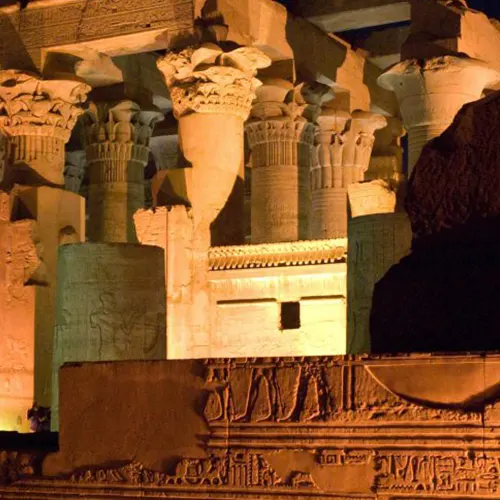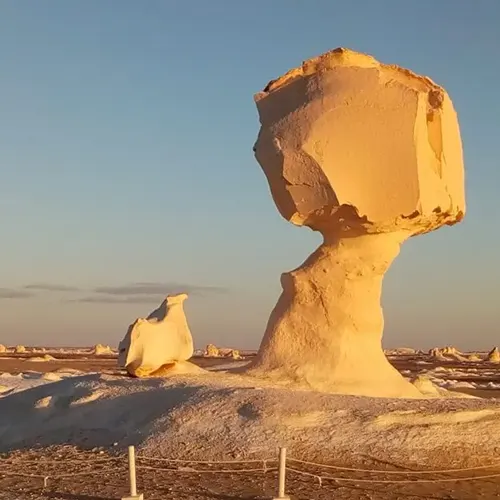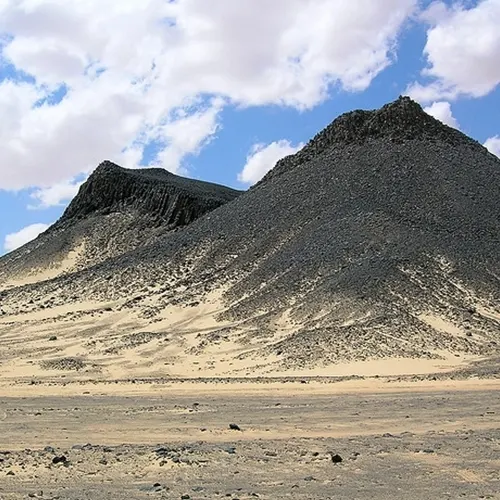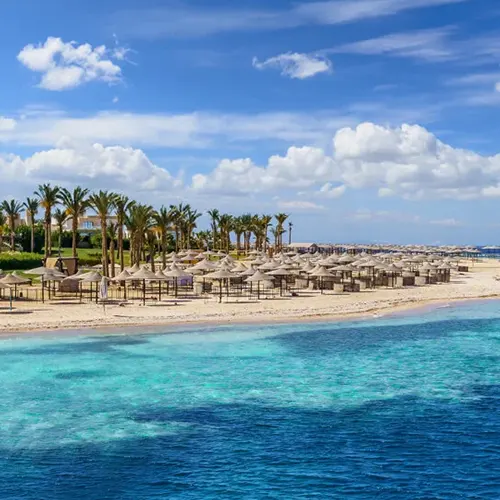
The temple of Kom Ombo is one of the most beautiful Egyptian temples dating back to the Greco-Roman period. It is located on the east bank as it is perched atop a picturesque bluff alongside the Nile River.
The meaning of word “Kom Ombo” Kom Ombo word is divided into two parts. The first part is (Kom), meaning in Arabic a hill, while the second part (Ombo) means gold. The word Kom Ombo means the hill of the gold.
The history of Kom Ombo Temple The temple of Kom Ombo dates back to the Ptolemaic period and its construction was completed during the Roman period. This temple was built on the ruins of an older temple dating back to the 18th dynasty, Hatshepsut reign. This old temple was called “Ber Sobek”, meaning the house of the god Sobek.
This temple distinguishes that it is the only temple dedicated to two triads. The first triad is Sobek, the crocodile god, his wife Hathor, and their son Khonsu, while the second triad is Horus, the falcon god, his wife Ta Senet Nofret, and their son Paneb Tawy.
The design of the temple The temple is built of sandstone brought from Jabal al-Silsila. As Edfu temple, this temple has the same plan of temples during the Greco-Roman period, as it consists of the traditional elements of the temple during the ancient Egyptian times, with adding some elements of the Greco-Roman time, as the mamisi (house of divine birth).
- A few stairs lead you to the gate of the temple. This gate has inscriptions depicting the Ptolemaic kings beating the enemies and giving offerings to several gods.
- After that, the pylon of the temple. It is greatly destroyed.
- Then the courtyard that surrounded by columns from three directions.
- Then the hypostyle hall. It contains depictions for the ancient Egyptian gods, Ptolemaic Kings and Roman Emperors presenting offerings for gods, and the inscriptions referring to the rituals of the construction of the temple.
- Then you will find some corridors housing depictions for Ptolemaic Kings and Roman Emperors presenting offerings for gods, but the most unique scene is the calendar.
- Then you will enter the inner part of the temple, the two sanctuaries or the Holy of Holies of the temple for the god Sobek and the god.
- Behind the sanctuary, you will find one of the most unique inscriptions in the ancient Egyptian temples. It is surgical instruments scene, that reflecting the great advances that the ancient Egyptians had made in the field of medicine. This depiction presents different medical tools as scalpels, suction caps, bone saws, and dental tools.
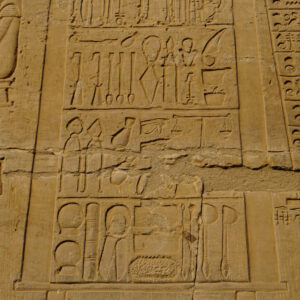
- Also, there is a chapel for the goddess Hathor. It is located in the North-Eastern part of the Temple. It displays three mummies of crocodiles representing the god Sobek.
- As well, you will see the Nilometer that was used to measure the level of water in the Nile River. It was built during the Roman period.
- Besides the temple, you will find the Crocodile Museum, displaying several mummies for the Egyptian crocodiles.

